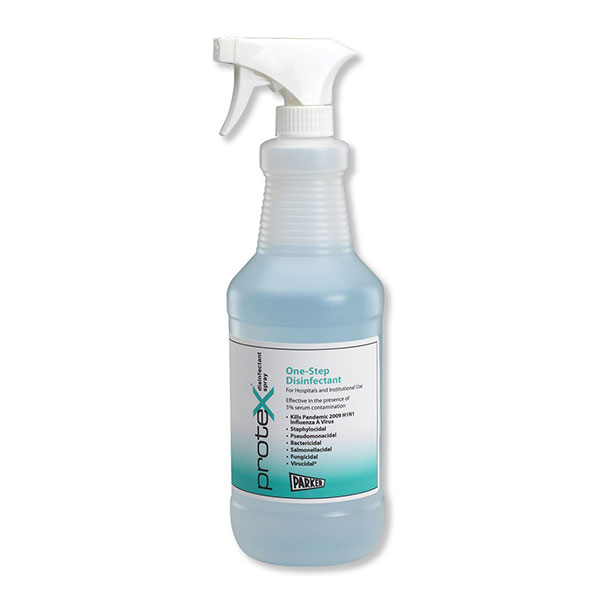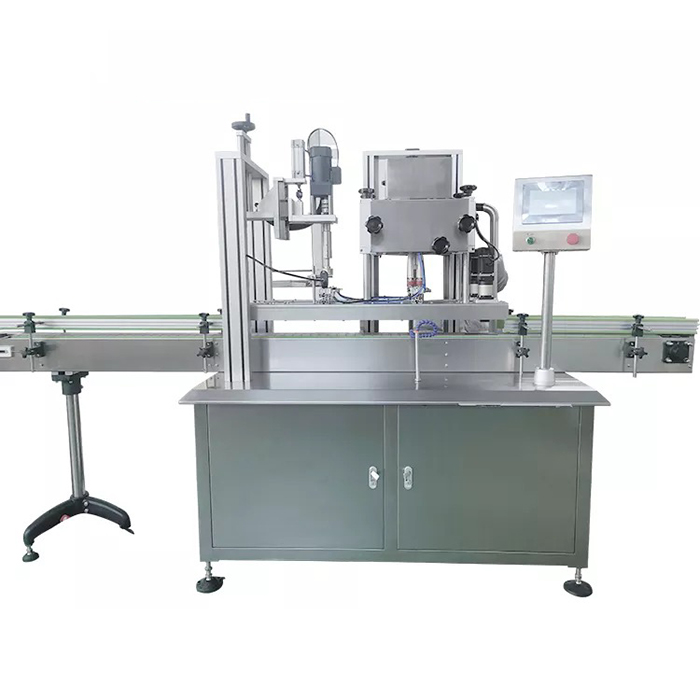
Summary
A disinfectant is a chemical substance or compound used to inactivate or destroy microorganisms on inert surfaces. Disinfectants work by destroying the cell wall of microbes or interfering with their metabolism. It is also a form of decontamination, and can be defined as the process whereby physical or chemical methods are used to reduce the amount of pathogenic microorganisms on a surface.
From piston fillers, used in gel disinfectant filling to peristaltic pump liquid disinfectant filling systems, VKPAK has a variety of disinfectant filling machines to package liquids of any viscosity. VKPAK also carries quality capping machines suitable for various dropper or spray top screw tops of disinfectant bottles. We also carry induction sealers and shrink tunnels to package tamper proof seals and bands.
View VideoDisinfectants can also be used to destroy microorganisms on the skin and mucous membrane, as in the medical dictionary historically the word simply meant that it destroys microbes.
Sanitizers are substances that simultaneously clean and disinfect. Disinfectants kill more germs than sanitizers. Disinfectants are frequently used in hospitals, dental surgeries, kitchens, and bathrooms to kill infectious organisms. Sanitizers are mild compared to disinfectants and are used majorly to clean things which are in human contact whereas disinfectants are concentrated and are used to clean surfaces like floors and building premises.[From Wiki]
What’s the Difference Between Sanitizers and Disinfectants?
In short, sanitizers reduce bacteria on a surface by at least 99.9%, Sanitizers kill certain bacteria, in a specific period of time; disinfectants kill a wider range of microorganisms (than sanitizers), Disinfectants kill certain bacteria, viruses, mildews, or fungi, in a specific period of time. Although the two are slightly different, there is no difference in the choice of filling equipment.
For example, the make-up of some disinfectants can leave the product flammable. While this does not mean that the product cannot be prepared using packaging machinery, it does require some modification to the machinery as well as added safety components. Additionally, while most people will think of smaller containers, the bottles used to package these products can range from an ounce to a gallon or more. This means that the filling machinery used to package a range of bottles must also be built to be versatile enough to handle the packagers' specific range of containers.
Equipment for sealing disinfectants can also vary depending simply on the type of closure used on any given brand. Pump caps, flip tops, sprayers and even some CRC's and simple flat caps are probably the most prominent caps for these products. While spindle and chuck cappers will handle most of these type of closures, known as screw-on type caps or continuous thread caps, there are likely exceptions that may lead to different sealing solutions.
Given the wide range of possible packaging solutions for disinfectants, the best solutions can only be found using a case-by-case analysis of the project at hand. Understanding the chemical makeup, the containers and the closures being used can help lead to the most efficient, effective and reliable packaging solution.
















